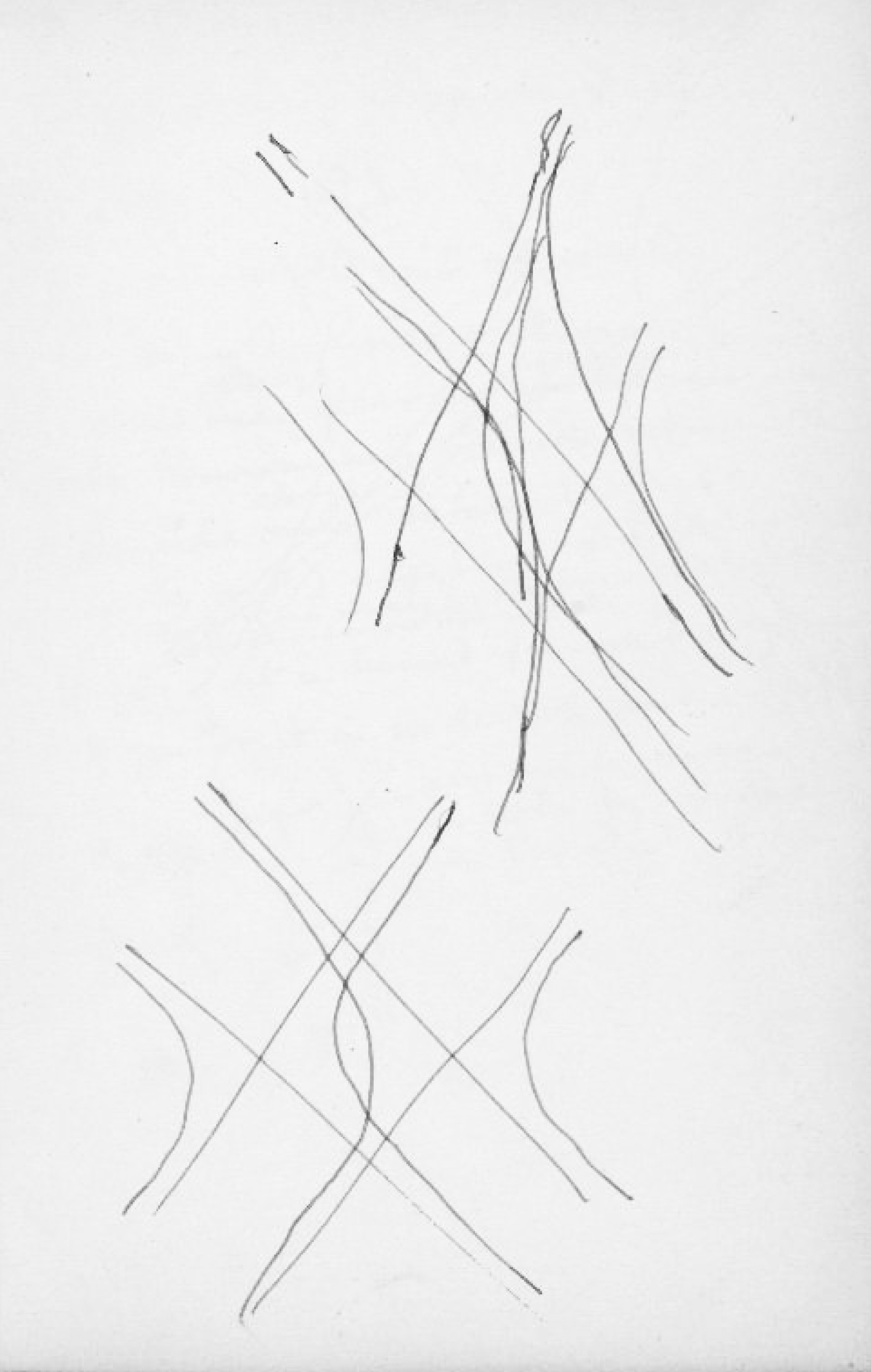ON SMALL DIFFERENCES IN SENSATION (S/P/S/P DIFFUSION)
by Eric Frye.
3 August 2017
"Frye's work challenges the perception of an auditor by the dissociations of the sonic environment, the heterogeneity of the successive motives, often separated by sharp fractures and repetitions with slight modifications of multifaceted sounds, recalling ‘real-world’ sounds, but with a variance. Whence an increase in attention." - Andrée Ehresmann, Université de Picardie Jules Verne .
Eric Frye is a composer, artist, and curator. Exploring non-orientable sonic surfaces, Frye operates between the disciplinary boundaries of sound, philosophy, linguistics, and mathematics. His live performances and installations are focused towards a recalibrated layering of multi-channel diffusions. Simultaneously dissociative and palpable, Frye’s compositions activate an interplay between material and immaterial. His latest recording, On Small Differences in Sensation, which includes texts by Fernando Zalamea, Inigo Wilkins, Andrée Ehresmann and Mathias Béjean, was released by Copenhagen-based imprint, Cejero.
In April 2015, Frye recorded new pieces for multi-channel installation at Harvard University Studio for Electroacoustic Composition. During October and November 2015 Frye’s solo exhibition, a 12-channel electroacoustic diffusion titled Zenzizenzizenzic, was installed at Rochester Art Center in Minnesota. Recently, he has been composing new work in the anechoic chamber at Minneapolis' Orfield Laboratories in addition to collaborating with software designer Sam Wolk.
For his latest curatorial endeavor Frye organized the series, Exploring Compositional Epistemologies, which included an installation by Florian Hecker as well as lectures and performances by Roc Jiménez de Cisneros, Curtis Roads, Guerino Mazzola, Reza Negarestani, and James Hoff, at Midway Contemporary Art in Minneapolis. Reviewing the series, MN Artists described it as "an erudite survey of the fusion of technology, composition and performance exploring the intersections of time, knowledge, self-hood and sonic space."
Frye’s work has been shown at Hangar Art Centre, Barcelona; Audio Visual Arts, New York City; Rochester Art Center, Minnesota: and more. He has performed extensively in the US, UK, and Europe alongside artist such as Rashad Becker, Curtis Roads, Jeff Witscher, Ben Vida, at venues including Berghain Kantine (DE), ISSUE Project Room (NY), Cafe OTO (UK), Les Instants Chavirés (FR). In October 2016 Frye was artist in residence at EMS Elektronmusikstudion Stockholm. Currently, he is developing a multi-sensory performance with researcher Simone Niquille, in addition to preparing material for a new solo exhibition. He has forthcoming releases on Anòmia, and Further Records.
-
" Mathematical sheaves were invented by Jean Leray in a concentration camp around 1942. Product of the high spirit of French resistance against horrible conditions, sheaves have become one of the central inventions of 20th century mathematics. Developed further in Henri Cartan’s Seminar at the École normale supérieure between 1948 and 1951, sheaves are the simplest and most profound mathematical tool to study the dialectics between the local and the global. A sheaf consists just of two topological spaces, an upper one projected onto a bottom one (base), in such a way that locally the two spaces behave similarly. The sets of inverses (along the projection) of points in the base are the fibers of the sheaf. The inverses of neighborhoods are the local sections of the sheaf. The main question to be addressed is how local sections can be glued together into a global section. Not always such glueings are possible, but when they are obtained, they produce powerful representation theorems in mathematics. In the brilliant hands of Alexander Grothendieck, sheaves were used later for the foundations of his entire new category-theoretic understandings of number (schemes), space (topos), and form (motives).
The fundamental transduction of electric impulses into acoustic sounds, proper of electroacoustic music, enters well into a sheafification process. Drawing on conceptual motivations coming from Charles Sanders Peirce’s studies on nerve excitations, Eric Frye’s “On Small Differences in Sensation” produces an outstanding concrete sheafification of sounds, objectifying Peirce’s “pragmaticism” and Grothendieck’s “categoricism” (ugly words not to be used lightly, as Peirce advocated). In fact, we can imagine a natural sheaf where Frye’s works live: on the base of the sheaf we can draw a Stone space (with its totally disconnected topology), observe the dots in the fibers as discrete electroacoustic marks, and imagine the local sections as some of the more continuous sounds of Frye’s pieces (sometimes recalling a train, the sea, or the wind). “Sheafifications” introduce perfectly the small differences of sensation (small distances in the neighborhoods of the disconnected base), and “Diffusion Soliloquies” construct a fascinating thread of individual pitches and relative clashes, where the diffusion of the particulars becomes blended into an accumulative, glued, multi-dialogue.
One of the surprising revelations of the categories of sheaves is that their intrinsic logics are intuitionistic, non classical. This becomes central for the development of some sort of “electroacoustic sheafification”. As in Eric Frye’s “On Small Differences in Sensation”, it is indeed fundamental that the musical sound objects live in contrasting discrete/continuous surroundings, not governed by an excluded middle classical rule, but able instead to be transformed through intuitionistic blending processes: excitation, diffusion, transduction, conglomeration. The force of synthesizers in electroacoustic music comes precisely from their innovative capacities to glue locally the most disparate sound diversity. On another hand, in contrast with traditional classical music, it becomes also clear that global sections, on such conditions, are not only impossible, but non desirable. The diverse geometry of the World is well captured in Frye’s “On Small Differences in Sensation”, where the many spatial aspects of sound acquire inspiring concrete realizations. "
Fernando Zalamea, Universidad Nacional de Colombia July 31, 2016

